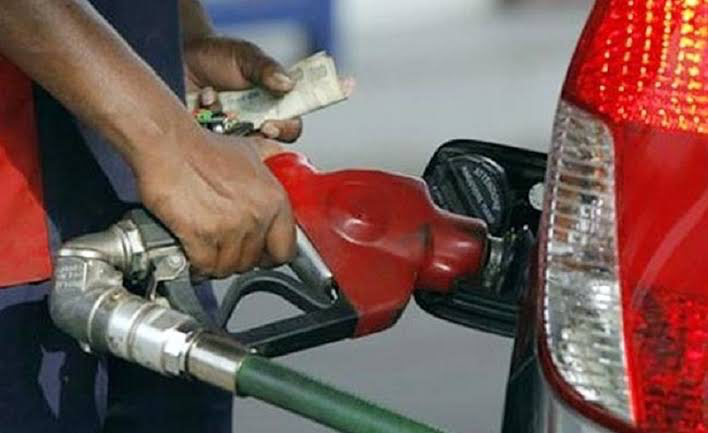KEY POINTS
- Petrol prices in Nigeria increased by 38.3 percent year-on-year in June 2025, reaching an average of ₦1,037.66 per litre, with Jigawa, Ondo, and Lagos recording the highest prices.
- The removal of fuel subsidies and ongoing supply chain disruptions continue to cause significant regional disparities and price volatility across the country.
- Despite a slight easing in inflation to 22.22 percent, high fuel costs remain a major burden on households and businesses, although recent cuts by the Dangote Refinery offer slight relief.
The average price of petrol in Nigeria surged to ₦1,037.66 per litre in June, up nearly 40% from a year earlier, as government deregulation continues to ripple through the country’s energy markets, according to new data from the National Bureau of Statistics.
The year-on-year increase of 38.3% underscores the financial strain on consumers in Africa’s most populous nation, despite a slight month-on-month rise of just under 1%. In May, the national average stood at ₦1,027.76 per litre.
The NBS report, released Thursday, revealed stark regional disparities in retail pump prices. Jigawa, a northern state, recorded the highest average at ₦1,107.52, followed closely by Ondo (₦1,104.80) and Lagos (₦1,100.29). At the other end of the scale, Yobe, Kogi, and Imo saw the lowest prices, all under ₦990 per litre.
Zonal data showed the North-West zone experienced the steepest prices, averaging ₦1,062.84, while the North-East posted the lowest at ₦1,020.15. The South-East and North-Central zones averaged ₦1,043.18 and ₦1,021.83, respectively.
A Deregulated Market, Still Finding Its Feet
Since the removal of petrol subsidies in mid-2023, Nigeria’s downstream oil sector has been liberalized—an effort long encouraged by multilateral lenders but criticized by unions and civil society groups concerned about rising living costs.
Despite the pricing freedom, volatility remains. The latest NBS report reflects a market still adjusting to deregulation, where logistics bottlenecks, exchange rate shifts, and uneven distribution continue to drive price discrepancies across states.
“Fuel pricing is now subject to market forces, but supply chain inefficiencies still create artificial scarcity and sharp regional variation,” said a Lagos-based energy analyst, who asked not to be named.
Dangote Refinery Price Cut Offers Some Relief
Earlier this month, the $19 billion Dangote Refinery—widely viewed as a cornerstone of Nigeria’s energy self-sufficiency—reduced its ex-depot price for petrol from ₦840 to ₦820 per litre, its second cut in under two weeks.
The move was seen as a bid to ease pressure on retail outlets and moderate pump prices, but the impact on average consumer prices in June appears limited.
“With local refining capacity ramping up, we should see more price stability in the second half of the year—though how quickly that translates to relief at the pump remains to be seen,” said another industry source familiar with downstream logistics.
Inflation Slows, But Cost Pressures Linger
Nigeria’s broader economic indicators showed mixed signals. Headline inflation cooled slightly to 22.22% in June, down from 22.97% in May. However, the month-on-month rate rose to 1.68%, indicating continued upward pressure on prices.
While the average Consumer Price Index slowed compared to the previous 12-month cycle, the Central Bank of Nigeria has flagged persistent cost-push inflation stemming from fuel and transport-related expenses.
Businesses are already reporting thinner margins and higher operating costs, according to the CBN’s most recent Purchasing Managers’ Index report, which warned of potential ripple effects on food and essential goods prices.
As petrol remains the cornerstone of Nigeria’s logistics ecosystem, any sustained rise in pump prices threatens to compound existing inflationary pressures—posing a test for monetary authorities and policymakers navigating post-subsidy reforms.



